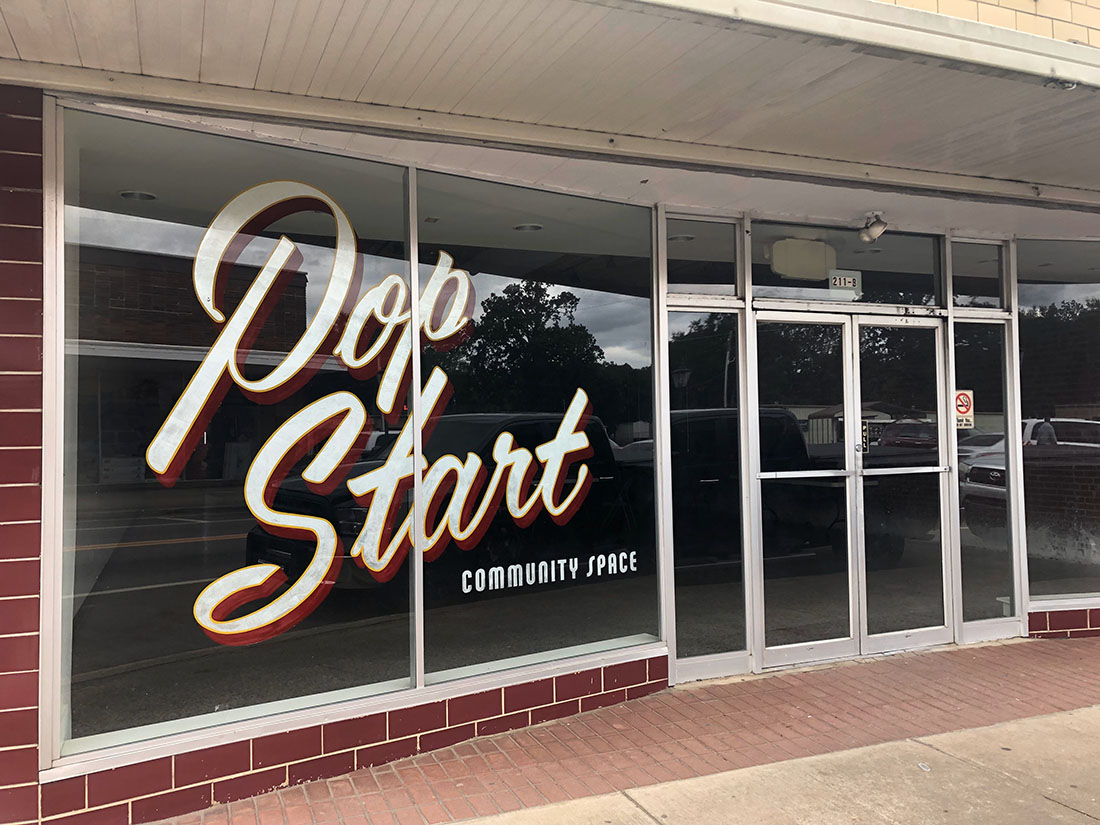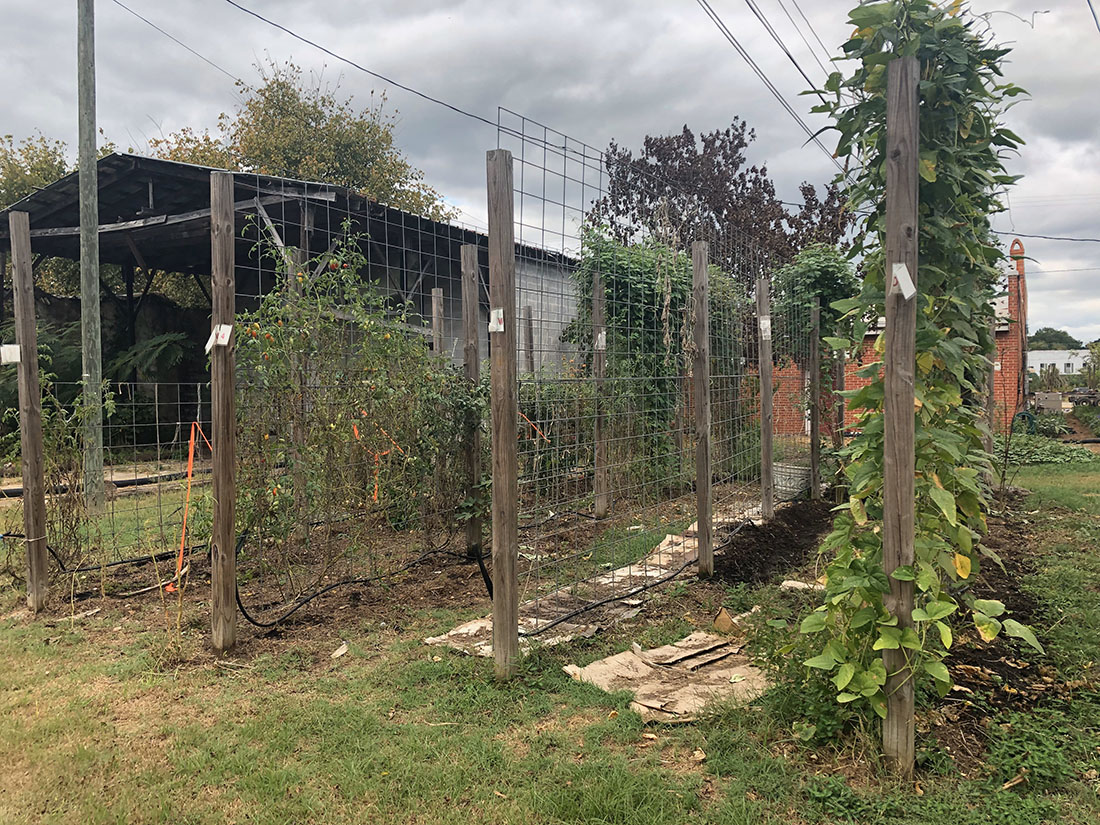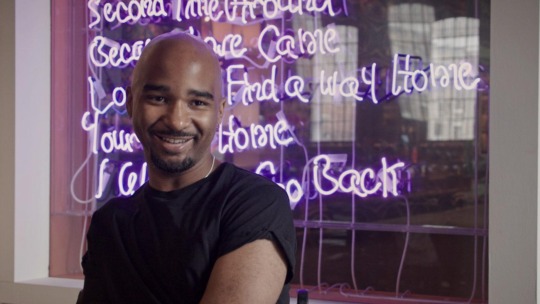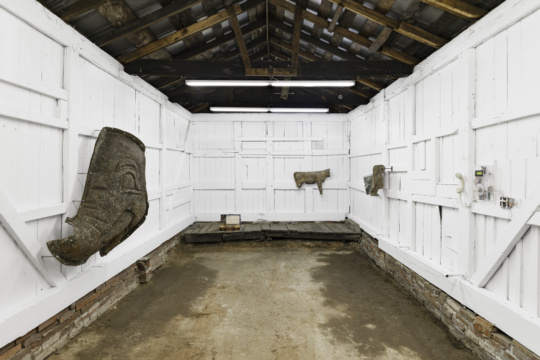
The Coleman Center for the Arts operates in seven buildings peppered throughout the town of York, Alabama. The center’s projects are at times utterly commonplace—the opposite of spectacle. One Coleman Center space, Pop Start, is a downtown storefront space which offers space for screenings, meetings, and community events. A community garden, which began as an artist’s project in 2009, is a space to engage conversations about environmental justice, food access, and sustainable self-care. Such initiatives are remarkable precisely because of their prosaic nature, as they fit inconspicuously into the surrounding neighborhood. They are both approachable and useful, traits which aren’t always associated with contemporary art centers.
In many ways, York is in the same basic predicament as any other place. People find comfort in familiarity, and we reach outside of our circle less often than we might lead ourselves to believe. In recent decades, artists and critics have been diving into the rift between art organizations and the communities they serve, with social practice emerging as a mode of art focused on human relationships and social exchange. In many social practice initiatives, however, arts organizations and their leaders are portrayed as philanthropically minded progressives rescuing otherwise culturally ill-fated people, placing them in the spotlight instead of the communities they claim to serve.

The Coleman Center handles this challenge thoughtfully. Jackie Clay, the center’s executive director, makes it clear that the organization does not self-identify as a hero in a racial reconciliation story or savior narrative. She is skeptical of social practice projects that pander to local residents with superficial collaborations that deliver little value to the people they engage. Instead, the Coleman Center brings art to its community without pressuring the artworks to utilize social interactions as a mechanism of production. The art deals in its own conditions and materials, and the center advances a strategy for social connection defined by sustained, meaningful community engagement. The center’s vision is to create a social space where the community can take ownership of the visual world and of art.
The Coleman Center has also left marks on York in more conventional ways, as the blocks surrounding the center’s buildings are bright with murals and collaborative projects, including a community bike shed developed in collaboration with Auburn University’s Rural Studio. A few blocks away, a 2005 sculpture by Allen Peterson memorializes a swimming pool that was filled in as an alternative to integration and is now a lush grassy lot. This and other public artworks peppered throughout York are traces of the Coleman Center’s artist-in-residence program, which boasts an impressive roster of artists that also includes Mark Tribe and Alfredo Jaar. Clay says that she intends to offer residencies to artists who are from Alabama but are now living elsewhere.


The artist-in-residence program is possibly the Coleman Center’s most challenging undertaking. York is a difficult place to manage the logistics of artistic production, and Clay has to encourage artists to push past the instinct to make work that asks, “What does it mean for me to be working in this place?” The artist-in-residence program is an opportunity to engage something much deeper than a navel gaze. Better questions are, “What can I make here?” and, “For whom?” The audience for artwork in York is just that: the citizens of York.
Producing art in a geographically and culturally isolated town is quite different from producing art in Atlanta or Mobile, but it deserves equal—or greater—rigor. The Coleman Center for the Arts demonstrates high regard for its audiences, offering programs and exhibitions that are technically and intellectually rigorous. Clay says the center’s programs “give people things to work through” and gives them tools to actively process their responses to the work. The subtext in Clay’s statement is that interpreting art can be difficult, and that this is a good thing.

This essay is part of Burnaway’s yearlong series on Exurbs and the Rural.




